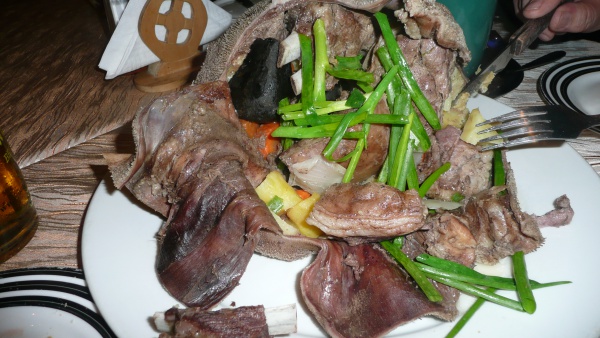Facts About Mongolian cuisine
Mongolian cuisine is a distinctive fusion of dairy products, meat, and animal fats, significantly influenced by the country's extreme continental climate. In rural areas, cooked mutton is a dietary mainstay, while in urban environments, steamed dumplings known as "buuz" are particularly popular. The severe weather conditions restrict the use of vegetables and spices, resulting in a diet that heavily depends on animal products. Over the years, Mongolian cuisine has also integrated elements from Chinese and Russian culinary traditions due to historical ties.
For the nomadic people of Mongolia, sustenance is derived from their domesticated animals, including cattle, horses, camels, yaks, sheep, and goats. Meat is central to their diet and is prepared in various forms, such as soups, dumplings, and dried meats for the long winters. Animal fat is essential for providing energy during the cold months. Milk and cream from these animals are used to produce beverages, cheeses, and other dairy items. Cooking generally takes place in portable homes called gers, using cast-iron or aluminum pots over fires fueled by wood or animal dung.
Typical Mongolian dishes include cooked mutton, various kinds of dumplings, hearty stews, and noodle soups. A unique cooking method involves using preheated stones to cook meat and vegetables. Dairy products such as cheese, yogurt, and fermented mare's milk are dietary staples. Barley is frequently used, often made into porridge or mixed with milky tea. Horse meat also features in the diet.

 Russia
Russia